- Book Reviews HOPE RISES by David Baldacci
- Book Reviews SCAVENGERS by Kathleen Boland
- Book Reviews THE FIRST TIME I SAW HIM by Laura Dave
- Book Reviews THE BOOKBINDER’S SECRET by A.D. Bell
- Book Reviews HOMEBOUND by Portia Elan
- Book Reviews THE HEIR APPARENT by Rebecca Armitage
- Book Reviews THIS IS NOT ABOUT US by Allegra Goodman
- Book Reviews STORM WARNING by James Byrne
- Children's Book Reviews THERE’S NO PLACE LIKE GNOME by Scott Magoon (picture book)
- Children's Book Reviews OUR AIR by G. Brian Karas (Picture Book)

9 Kids’ Trends with the Power to Transform STEM Education
Disclosure: We received complimentary samples of the Raspberry Pi and Cube-tastic to facilitate this review. All opinions are our own.
Even though this generation of digital natives has grown up immersed in mobile devices and social media, they haven’t necessarily made the leap to STEM learning (Science, Technology, Engineering, and Math) or coding. As a vast majority of school systems have yet to make these disciplines a part of their curricula, kids don’t get day-to-day exposure and parents must look to after-school or enrichment programs if they want their kids involved with coding or STEM learning.
Moreover, this lack of focus on STEM/coding comes at a critical juncture for kids’ ongoing education and future job prospects. This generation will face an increasingly tech-focused job market where strong skills in math, science, and coding will become the norm, so parents need to look for ways to help their kids bridge the gap.
Increasingly, STEM-related toys have become a solution. From robots to circuit boards to drones, engaging high-tech toys offer kids a fun, hands-on way to uncover the world of science and technology. In fact, CES 2017 showcased a number of brands who’ve taken on the challenge of how to make coding fun and creative for kids, as well as how to get girls on board.
Here’s a round-up of my favorite STEM and educational products:
To help kids get excited about exploring new concepts related to computers and technology, several brands have developed hand-held devices, tools, and toys.
Ozobot by Evollve lets kids unleash their creativity by designing art projects using colorful markers. The spherical bot recognizes color sequences so kids learn to make the connection between design, action, and order – which points kids down the path toward understanding initial coding concepts. With Ozobot, children of all ages craft their own state of play, connecting to their new, tiny friend, one drawn line at a time.
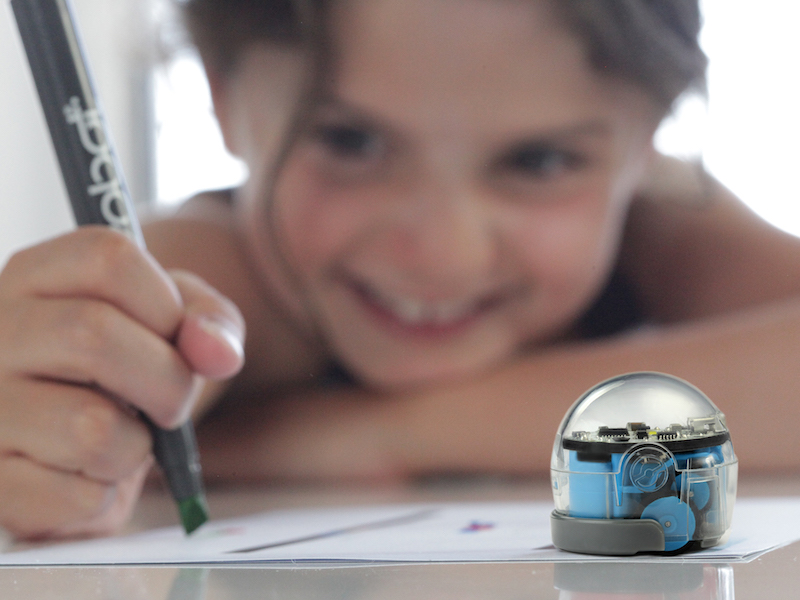
KUBO represents a pint-sized robot with a big mission – to set kids up for future success in both school and work. And it makes it happen by introducing coding and cognitive concepts to young children (4 and up) in an energetic, whimsical fashion – so much so that these skills become second nature. Children lay out a sequence of actions for KUBO to perform — go straight, turn right, turn left, go straight. KUBO greets kids with a smile, and lights up as it reads, and follows, their instructions in sequence!
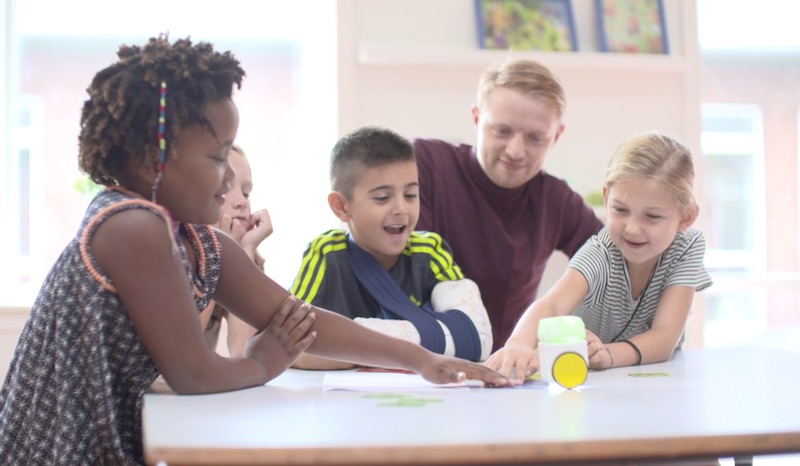
What kid hasn’t wanted a drawing to come to life? Now, Circuitscribe by Electroninks, Inc. can make it happen. With a metallic pen whose ink serves as a conductor, kids can draw a picture of a light bulb and watch it light up. The system functions as a compact circuit board and teaches kids the basics of circuitry – in a creative and engaging manner – and best part? No wires required!
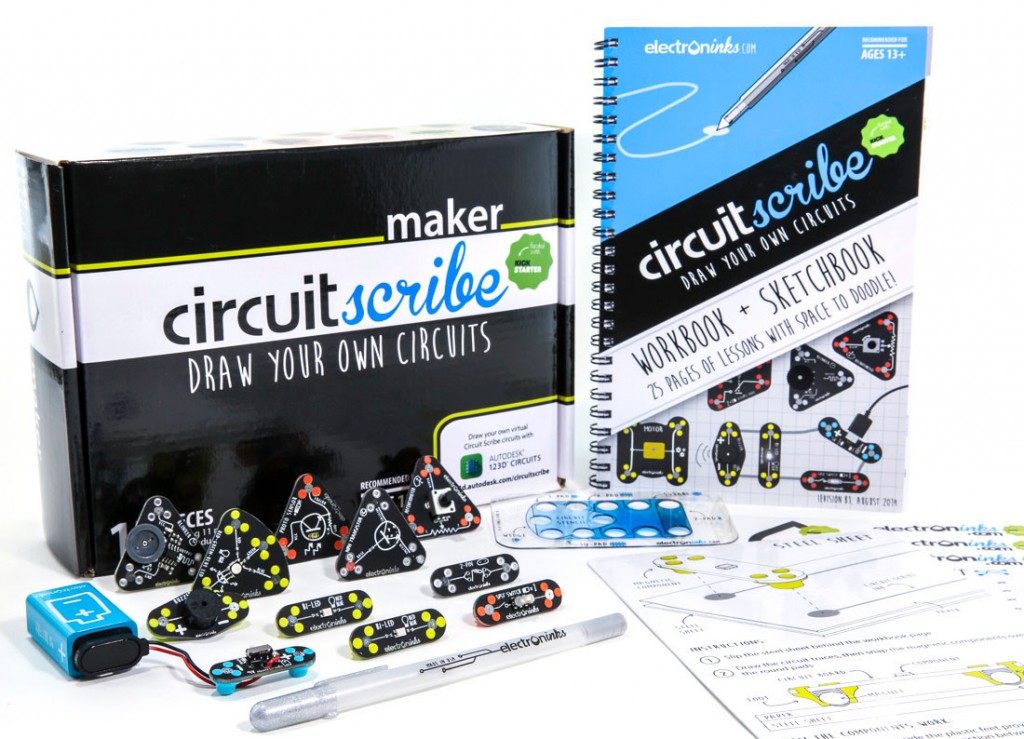
For kids who love diving in and discovering how things work, UK company Raspberry Pi created a computer that fits in the palm of your hand. Kids can learn how coding and computer hardware work, by building their own mini-systems! With an assortment of accessories – from a camera to a touchscreen monitor – kids see firsthand the transformative power of computers, learn to code, and get a deeper understanding of computing.
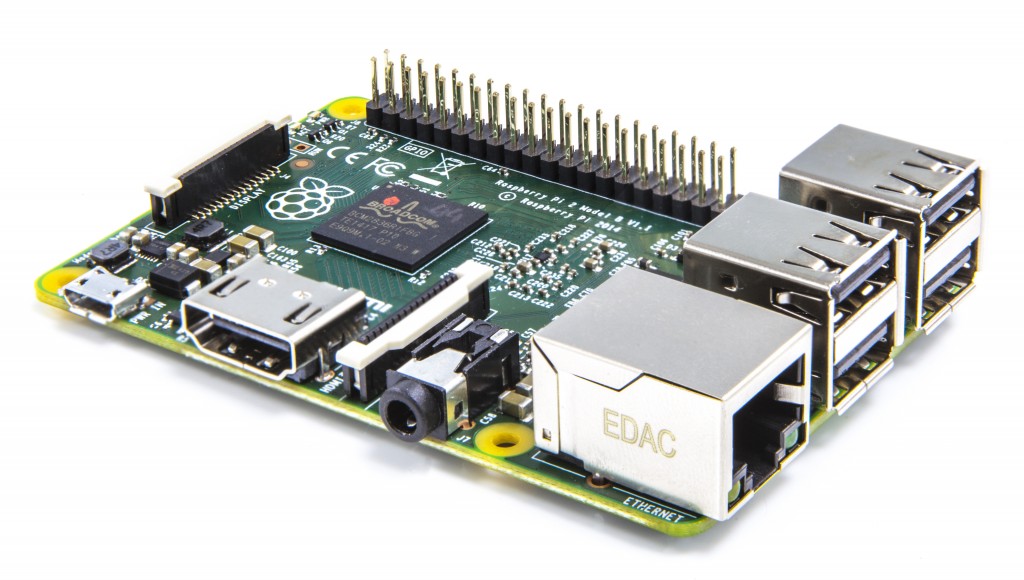
What’s more fun than a drone? And when it can teach kids coding, programming, and engineering skills, parents can get behind it as well. So much more than just a remote-controlled toy, with CoDrone’s Robolink, kids learn to navigate the system in air, as well as learn the coding behind how it works. The company also launched Rokit Smart, which gets kids excited about the world of robotics, and through its companion piece, Inventor Board, gives kids the skills needed to power Rokit Smart robots.
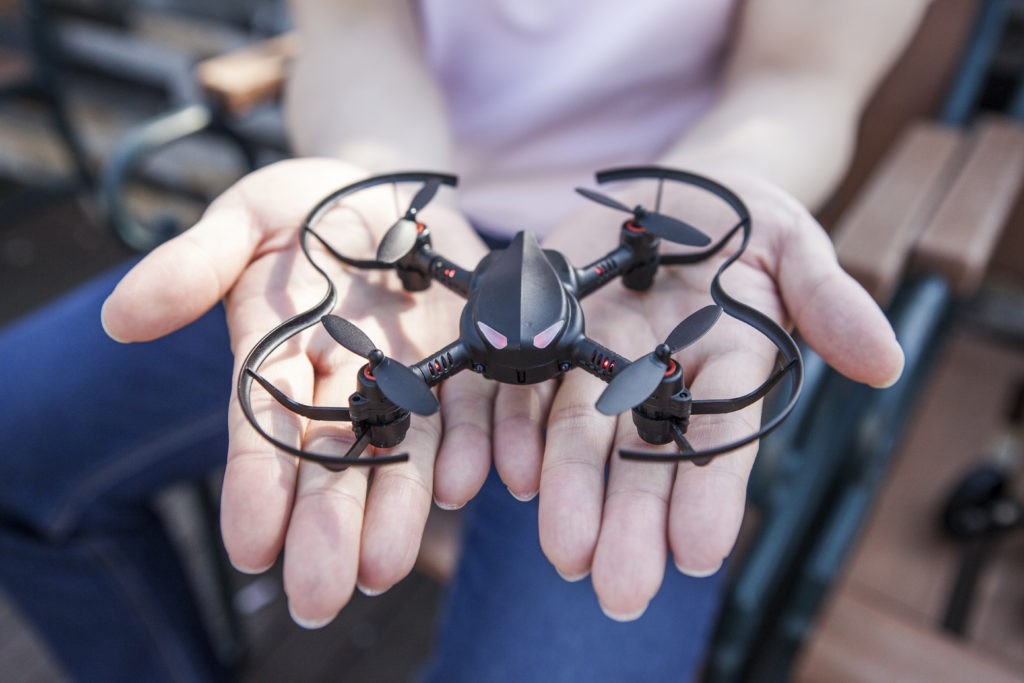
Though the look of it harkens back to the days of the Rubik’s Cube, Cube-tastic by Pai Technology puts a 21st century spin on puzzle solving. When kids – ages 3 and up – pair the hand-held cube with the interactive online app, they can get a head start on real-life skills including problem-solving, cause-and-effect, and working through challenges while they have fun deciphering the colorful puzzle.
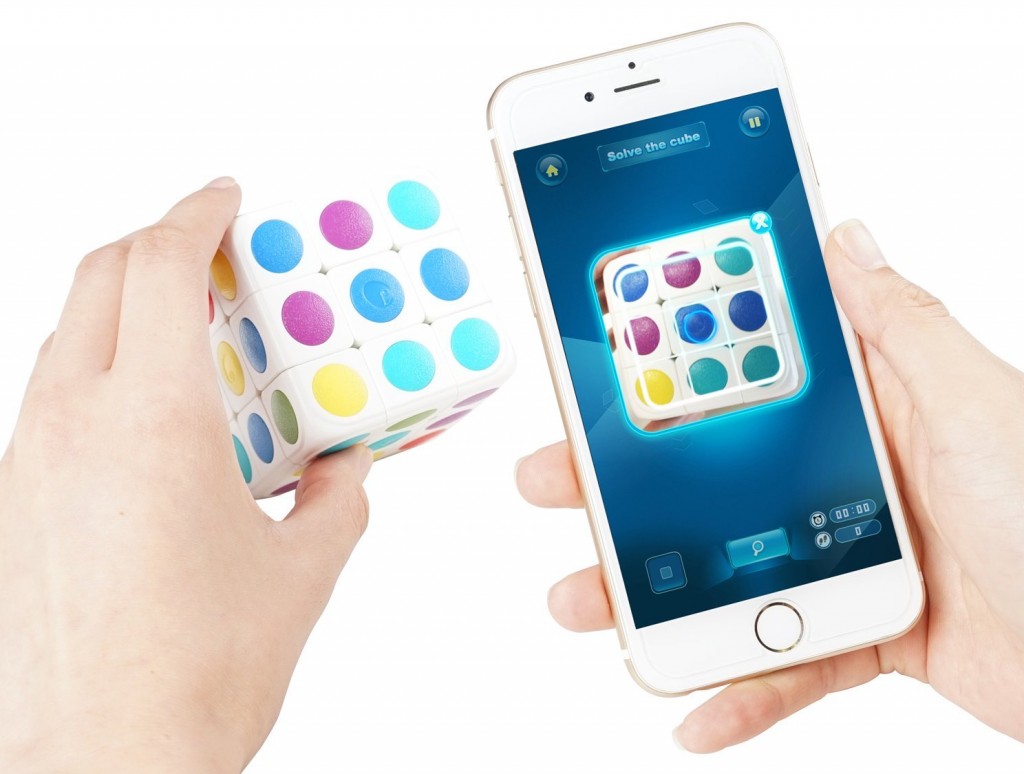
To help parents encourage kids to explore coding – without feeling as if they’re giving them one more homework assignment – the following brands have created education-based products based on robotics:
MakeWonder’s robotic concept, Dash and Dot, gives kids two opportunities to get jazzed about coding. Dot guides kids’ play with several games little ones can play right out of the box, such as Magic Dot Ball, Dot of Music, and Light Sword. Using free apps Wonder and Blockly, kids also get to see the coding behind how these games are created, then come up with some of their own! Dot can also be used to program Dash, a robotic device, helping kids learn the connection between their commands and Dash’s action.
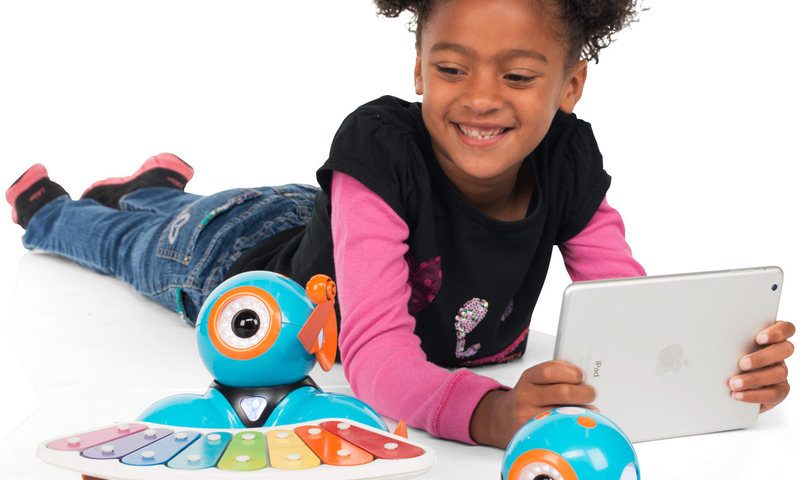
Kids love building and creating structures, so Jimu Robot by Ubtech takes advantage of this natural interest with a line of building kits. Each Ubtech kit proves different – from tanks to animals to robotics – and they give kids an opportunity for interactive learning, coding, and creativity. Each Jimu Robot kit comes with everything kids need to build their robot. The easy-to-follow, animated instructions on the Jimu app make assembly fun. Children 8 and over can build the pre-designed model in the kit, or invent custom designs of their own, and watch them perform custom actions!
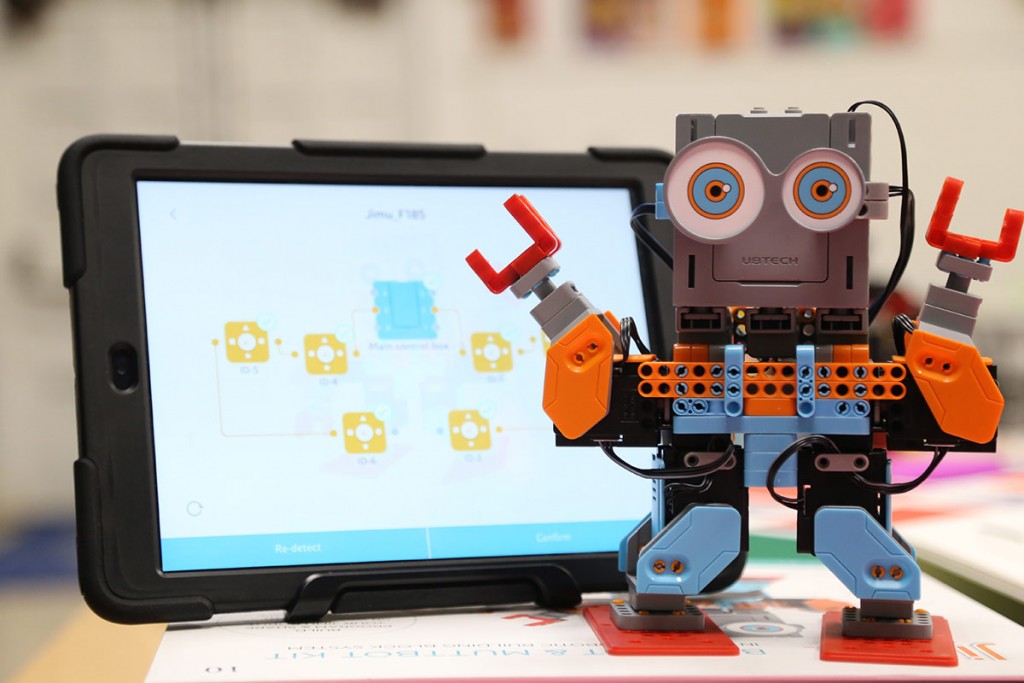
Robotics company Makeblock fosters STEM education, creativity, and DIY concepts with its kits for kids to explore a whole range of scientific principles. Easily assembled in under 20 minutes, mBot robots help teach children graphical programming by performing the actions programmed into the user-friendly app. From robots to lasers to drones, Makeblock’s kits let kids build, program, code, and more while giving them endless opportunities for creative learning that proves both tactile and fun.
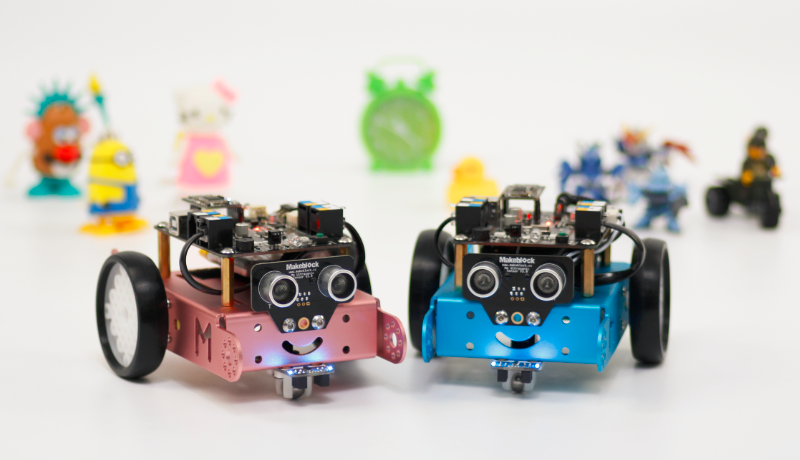
Featured image photo credit: diego_cervo/Thinkstock
-
 HOPE RISES by David Baldacci
HOPE RISES by David Baldacci
-
 SCAVENGERS by Kathleen Boland
SCAVENGERS by Kathleen Boland
-
 THE FIRST TIME I SAW HIM by Laura Dave
THE FIRST TIME I SAW HIM by Laura Dave
-
 THE BOOKBINDER’S SECRET by A.D. Bell
THE BOOKBINDER’S SECRET by A.D. Bell
-
 HOMEBOUND by Portia Elan
HOMEBOUND by Portia Elan
-
 THE HEIR APPARENT by Rebecca Armitage
THE HEIR APPARENT by Rebecca Armitage














